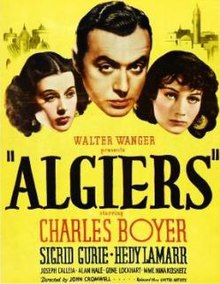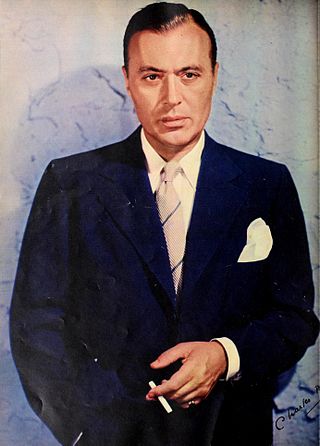
Charles Boyer was a French-American actor who appeared in more than 80 films between 1920 and 1976. After receiving an education in drama, Boyer started on the stage, but he found his success in American films during the 1930s. His memorable performances were among the era's most highly praised, in romantic dramas such as The Garden of Allah (1936), Algiers (1938), and Love Affair (1939), as well as the mystery-thriller Gaslight (1944). He received four Oscar nominations for Best Actor. He also appeared as himself on the CBS sitcom I Love Lucy.

Hedy Lamarr was an Austro-Hungarian-born American actress and technology inventor. She was a film star during Hollywood's Golden Age.

The Casbah is the citadel of Algiers in Algeria and the traditional quarter clustered around it. In 1992, the United Nations Educational, Scientific and Cultural Organization (UNESCO) proclaimed Kasbah of Algiers a World Cultural Heritage Site, as "There are the remains of the citadel, old mosques and Ottoman-style palaces as well as the remains of a traditional urban structure associated with a deep-rooted sense of community."
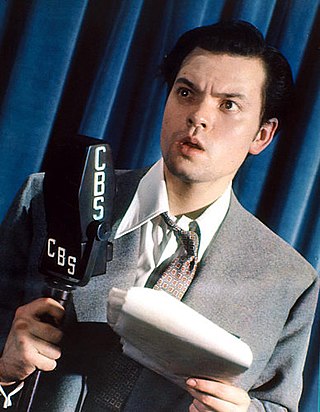
The Campbell Playhouse (1938–1940) is a live CBS radio drama series directed by and starring Orson Welles. Produced by Welles and John Houseman, it was a sponsored continuation of The Mercury Theatre on the Air. The series offered hour-long adaptations of classic plays and novels, as well as adaptations of popular motion pictures.
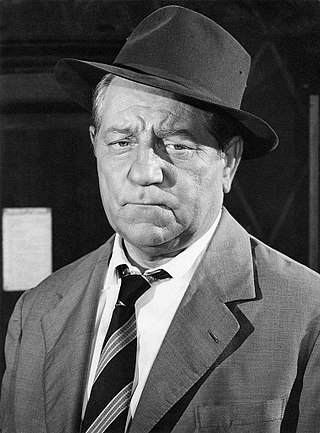
Jean Gabin was a French actor and singer. Considered a key figure in French cinema, he starred in several classic films including Pépé le Moko (1937), La grande illusion (1937), Le Quai des brumes (1938), La bête humaine (1938), Le jour se lève (1939), and Le plaisir (1952). During his career he twice won both the Silver Bear for Best Actor from the Berlin International Film Festival and the Volpi Cup for Best Actor from the Venice Film Festival respectively. Gabin was made a member of the Légion d'honneur in recognition of the important role he played in French cinema.

Edwin Eugene Lockhart was a Canadian-American character actor, playwright, singer and lyricist. He appeared in over 300 films, and received an Academy Award nomination for Best Supporting Actor for his role as Regis in Algiers (1938), the American remake of Pepe le Moko.

Lux Radio Theatre, sometimes spelled Lux Radio Theater, a classic radio anthology series, was broadcast on the NBC Blue Network (1934–35) ; CBS Radio network (1935–54), and NBC Radio (1954–55). Initially, the series adapted Broadway plays during its first two seasons before it began adapting films. These hour-long radio programs were performed live before studio audiences. The series became the most popular dramatic anthology series on radio, broadcast for more than 20 years and continued on television as the Lux Video Theatre through most of the 1950s. The primary sponsor of the show was Unilever through its Lux Soap brand.
John Cromwell was an American film and stage director and actor. His films spanned the early days of sound to film noir in the early 1950s, by which time his directing career was almost terminated by the Hollywood blacklist.

Julien Duvivier was a French film director and screenwriter. He was prominent in French cinema in the years 1930–1960. Amongst his most original films, chiefly notable are La Bandera, Pépé le Moko, Little World of Don Camillo, Panic (Panique), Deadlier Than the Male and Marianne de ma jeunesse.
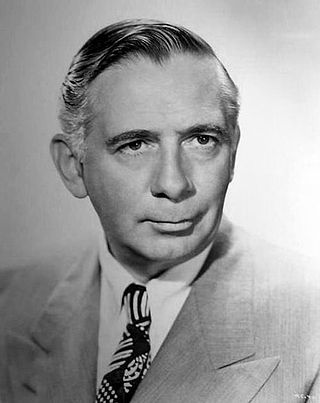
Ray Bidwell Collins was an American character actor in stock and Broadway theatre, radio, films, and television. With 900 stage roles to his credit, he became one of the most successful actors in the developing field of radio drama. A friend and associate of Orson Welles for many years, Collins went to Hollywood with the Mercury Theatre company and made his feature-film debut in Citizen Kane (1941), as Kane's political rival. Collins appeared in more than 75 films and had one of his best-remembered roles on television, as Los Angeles homicide detective Lieutenant Arthur Tragg in the CBS-TV series Perry Mason.

Pépé le Moko is a 1937 French film directed by Julien Duvivier starring Jean Gabin, based on a novel of the same name by Henri La Barthe and with sets by Jacques Krauss. An example of the 1930s French movement known as poetic realism, it recounts the trapping of a gangster on the run in Algiers, who believes that he is safe from arrest in the Casbah.

Crossroads is a 1942 American mystery film noir starring William Powell, Hedy Lamarr, Claire Trevor and Basil Rathbone, and directed by Jack Conway. Powell plays a diplomat whose amnesia about his past subjects him to back-to-back blackmail schemes, which threaten his reputation, job, marriage, and future. The film was inspired by the 1938 French film Crossroads which had also had a British remake Dead Man's Shoes in 1940.
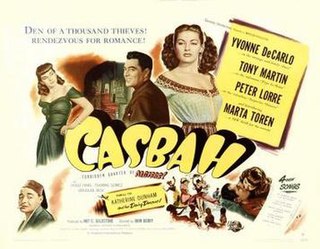
Casbah is a 1948 American film noir crime musical film directed by John Berry starring Yvonne De Carlo, Tony Martin, Peter Lorre, and Märta Torén. It was nominated for an Academy Award for Best Original Song for the song "For Every Man There's a Woman".

Gabriel Gabrio was a French stage and film actor whose career began in cinema in the silent film era of the 1920s and spanned more than two decades. Gabrio is possibly best remembered for his roles as Jean Valjean in the 1925 Henri Fescourt-directed adaptation of Victor Hugo's Les Misérables, Cesare Borgia in the 1935 Abel Gance-directed biopic Lucrèce Borgia and as Carlos in the 1937 Julien Duvivier-directed gangster film Pépé le Moko, opposite Jean Gabin.
Philippe Richard was a French film and theater actor.

Totò Le Mokò is a 1949 Italian comedy film. The title alludes to the French film Pépé le Moko.

This is a comprehensive listing of the radio programs made by Orson Welles. Welles was often uncredited for his work, particularly in the years 1934–1937, and he apparently kept no record of his broadcasts.
Radio is what I love most of all. The wonderful excitement of what could happen in live radio, when everything that could go wrong did go wrong. I was making a couple of thousand a week, scampering in ambulances from studio to studio, and committing much of what I made to support the Mercury. I wouldn't want to return to those frenetic 20-hour working day years, but I miss them because they are so irredeemably gone.
Mohamed Iguerbouchène; also Georges M. Iguerbouchen, Mohamed Ygerbuchen, Mohamed Ben Saïd Iquerbouchen, Kabyle: Muḥand Igerbucen; was an Algerian composer.
Lucas Gridoux was a Romanian-born French stage and film actor.
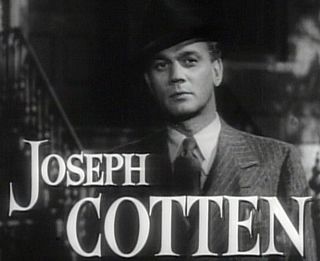
Joseph Cotten was an American actor known for his roles on stage and screen. Cotten's most notable projects include his collaborations with Orson Welles. He portrayed Jed Leland in Citizen Kane (1941), Eugene Morgan in The Magnificent Ambersons (1942), and Howard Graham in Journey into Fear (1943). He continued to act alongside Welles in films such as The Third Man (1949), Othello (1951), Touch of Evil (1958), and F for Fake (1973),
